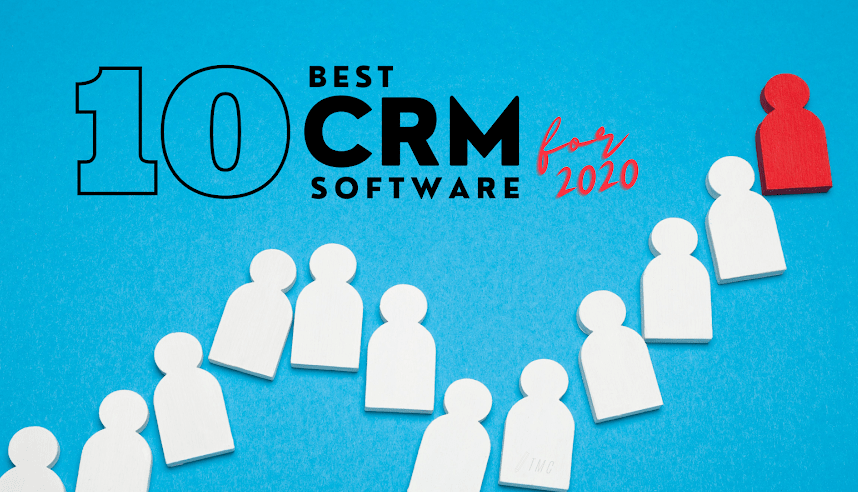Understanding how knowledge management tools work is crucial for businesses seeking to enhance productivity, collaboration, and efficiency. These innovative platforms are complex but easy to understand once broken down. Below, we dissect the intricacies of such tools, helping you comprehend their functionality and value for your organization. Continue reading to learn more.
Understanding Knowledge Management Tools
Firstly, you need to understand what a knowledge management tool is. It’s a specialized software that helps businesses create, store, and share knowledge. They often come with advanced features such as text analytics, content management, and artificial intelligence.
Companies generally use these tools to capture the accumulated knowledge of their employees, making it easier to share and access. This promotes continuous learning within the organization, making each staff member a knowledge expert.
One must not overlook the role of a knowledge management tool in reducing information overload. It organizes vast amounts of data and makes it easily searchable. This not only cuts down time spent looking for information but also promotes informed decision-making.
Lastly, knowledge management tools are known for their collaborative features. They encourage teams to work together and share insights seamlessly, fostering a cooperative working culture.
The Role of a Knowledge Management Tool in Organizational Success
Knowledge management tools play a critical role in driving organizational success. Firstly, they facilitate efficient knowledge sharing, reducing time spent on searching for information and enhancing productivity. With the accumulated wisdom readily accessible, employees can focus more on their core tasks.
Moreover, these tools promote organizational learning. They enable businesses to gather insights from various sources, process them, and use them for decision-making. This nurtures a knowledge-rich culture, resulting in better problem-solving and innovation.
Furthermore, knowledge management tools act as a robust repository for company data. This stored information can be advantageous for new hires, providing them with a single source for company protocols, strategies, and more.
Finally, these tools can improve customer service. With immediate access to an extensive knowledge base, customer service representatives can resolve queries faster, thereby enhancing customer satisfaction and brand loyalty.
Step-By-Step Functionality of Knowledge Management Tools
The operation of a knowledge management tool is straightforward. It begins with the capture phase, where information is sourced and stored within the system. This can include internal documentation, external research, or expert knowledge.
Next is the organization phase. Here, the information is classified and indexed for easy retrieval. Modern tools often use artificial intelligence to automate this phase, resulting in better categorization and easier access to data.
The third phase involves the distribution of information. Knowledge management tools utilize various channels to disseminate knowledge, such as intranets, mobile apps, or email notifications. Ideally, the information should be accessible wherever and whenever it’s needed.
Last is the application phase. Here, the shared knowledge is used to inform decisions, solve problems, or inspire innovations. A well-designed tool will also offer analytics capabilities, allowing organizations to track the usage and impact of shared knowledge.
Essential Features of an Effective Knowledge Management Tool
Alt text: A woman in an office researching knowledge management on her computer
An effective knowledge management system should have a few essential features. Firstly, it must offer robust search capabilities. Employees should be able to find relevant content quickly and efficiently.
Another key feature is the information categorization system. A high-quality tool will automatically categorize and tag new information, making it easier for users to navigate the system.
Collaboration features are also crucial. The tool should facilitate seamless sharing of knowledge, fostering a team-centric culture. It could include features like real-time editing and commenting, shared workspaces, advanced file-sharing options, and more.
Lastly, the tool should offer robust analytics. Insights into how the knowledge base is being used and the type of content frequently accessed can help with refining the system and enhancing its effectiveness.
Altogether, understanding how knowledge management tools function, their role in organizational success, crucial features, and real-world applications can enable you to leverage their potential to drive your business forward.
You might also like







